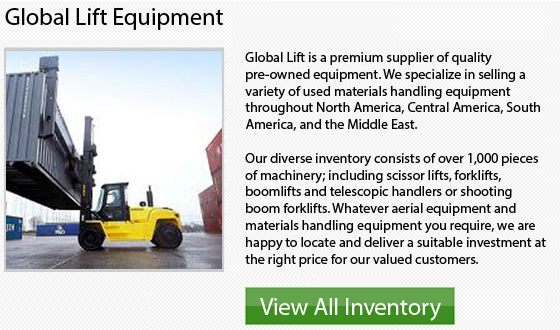
City Cranes
The term "City Crane" refers to a small 2-axle mobile crane that is designed to be used specially in compact places where standard cranes can not venture. These city cranes are popular alternatives to be used through gated areas or within buildings.
During the 1990s, city cranes were originally developed in response to the growing urban density within Japan. There are always new construction projects cramming their ways into Japanese cities, making it vital for a crane to have the ability to navigate the nooks and crannies of Japanese streets.
Essentially, city cranes are small rough terrain cranes which are made to be road legal. These cranes are characterized by having a 2-axle design with independent steering on each axle, a slanted retractable boom, a single cab and a short chassis. The slanted retractable boom design takes up a lot less space than a comparable horizontal boom would. Combined with the short chassis and the independent steering, the city crane is capable of turning in tight spots that would be otherwise unaccessible by other crane models.
Conventional Truck Crane
Traditional truck cranes are mobile cranes with lattice booms. This boom is a lot lighter boom than is found with a hydraulic truck crane boom. The multiple sections on a lattice boom are able to be added so that the crane can reach up and over an obstacle. Traditional truck cranes do not lower and raise their cargo utilizing any hydraulic power and require separate power in order to move down and up.
Manitowoc made the very first ever Speedcrane. It proved to be a successful device although many adjustments had to be added later on. Manitowoc hired Roy Moore as a crane designer to help streamline the design. He understood the industry was changing towards internal combustion engines from original steam powered methods and designed his crane to change with the times. The Speedcrane was redesigned for a gasoline engine.